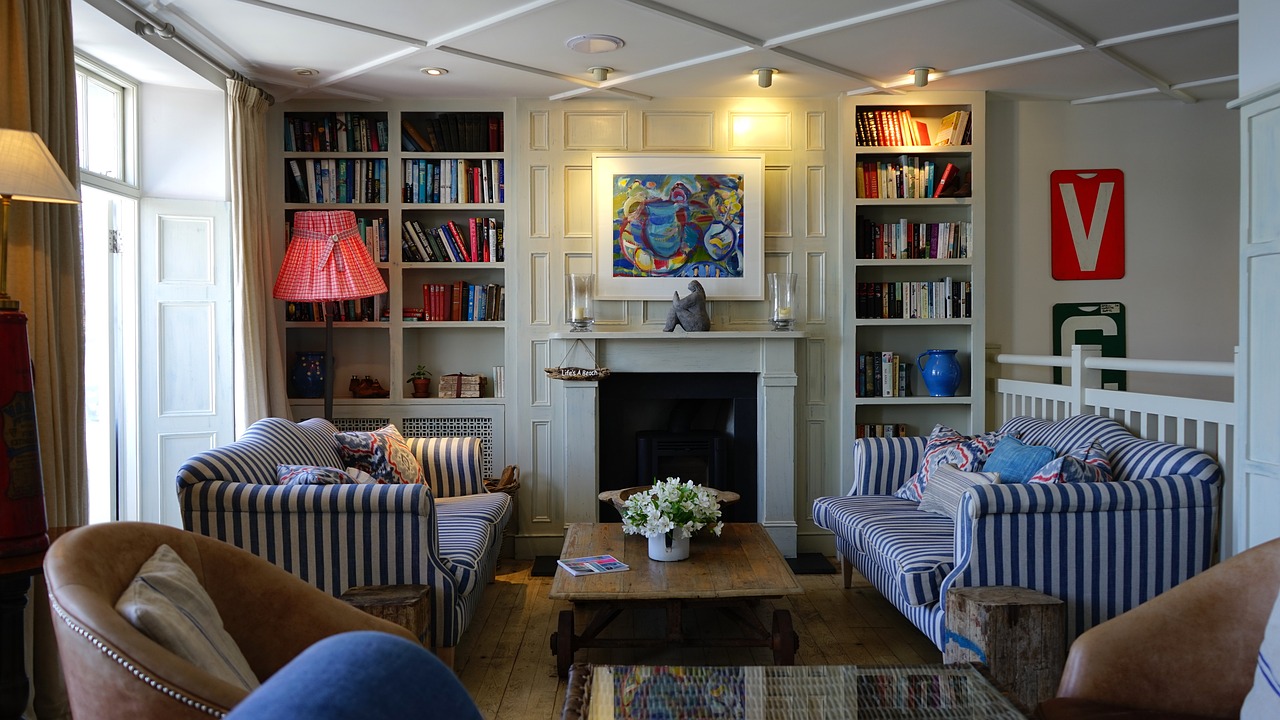Published March 26, 2024
How to Tell If Your Furniture Will Fit In a House

You've looked a scores of houses and have finally narrowed your options to one or two that seem perfect. The last big question looming is, "Will my furniture fit?" It might seem like a minor issue, but the prospect of your favorite sofa not working in a new living room, or moving your antique dresser to find there is no place for it in your now house, can cause stress.
Moving into a new house is an exciting endeavor, but it often comes with challenges—chief among them being the logistics of furniture placement. Whether you're moving into a cozy apartment or a spacious home, ensuring that your furniture fits well is crucial for both functionality and aesthetics. Let's explore various tips and techniques to help you determine if your furniture will fit in a house seamlessly.
Measure Everything:
Before you load the moving van and start hauling furniture around, it's essential to measure both your furniture pieces and the space in your new house. Grab a tape measure and note down the dimensions of each item, including height, width, and depth. Additionally, measure doorways, hallways, and stairwells to ensure your furniture can maneuver through without any issues.
Your real estate agent should be able to provide you with a floor plan of your new home. This will include measurements of walls and room dimensions. Pencil in your preferred placement of each piece of furniture, making sure that you allow for door clearance and a comfortable flow of traffic from room to room.
Create Your Own Floor Plan:
Having a floor plan can provide a visual representation of how your furniture will fit within the space. You can either use graph paper and a pencil or opt for one of the many online tools available for creating floor plans. Input the dimensions of your furniture and the room, and arrange them virtually to see how everything fits together.
You can also use a whiteboard or online planner to save pictures, colors, design ideas and other tips that will help you bring your vision for your new home interior to life.
Consider Clearance Space:
While it's tempting to cram as much furniture as possible into a room, it's crucial to leave enough clearance space for easy movement. Aim for at least two feet of clearance around each furniture piece to prevent a cramped and cluttered feel. This includes pathways between furniture and around doorways.
Think Vertically:
Don't forget to consider vertical space when assessing whether your furniture will fit. Tall bookshelves, armoires, or floor lamps can add visual interest and storage without taking up valuable floor space. Just be mindful of ceiling height and any architectural features that may impact placement.
Flexibility is Key:
Sometimes, even with meticulous planning, furniture may not fit as expected. It's essential to remain flexible and open to alternative arrangements. Consider multi-functional furniture pieces like sleeper sofas or nesting tables that can adapt to different layouts and serve multiple purposes.
Test Before Committing:
If possible, bring your furniture pieces into the space before making any final decisions. On moving day, you can ask your crew to place the sofa, for example, in one location and then move it to another before you make your final decision. This is especailly important with large, heavy pieces that you will have trouble moving yourself. This allows you to physically see how they fit and experiment with different arrangements without the hassle of moving heavy items multiple times. It also gives you the opportunity to make adjustments as needed.
If your "old" sofa doesn't fit, it is more practical not to move it, and buy a new sofa that you have delivered directly to the new home.
Take Note of Obstacles:
Be mindful of any architectural features, such as radiators, columns, or built-in fixtures, that may impact furniture placement. These elements can influence the flow of the room and may require creative solutions to work around. For example, an air vent above a bed can make sleeping uncomfortable, but a simple and inexpensive airflow baffle can remedy that situation.
Utilize Technology:
In addition to traditional methods, technology can be a valuable tool in assessing furniture fit. There are apps available that utilize augmented reality to superimpose virtual furniture into your space, allowing you to visualize how different pieces will look and fit before making any purchases.
Seek Professional Advice:
If you're struggling to determine if your furniture will fit or if you're dealing with particularly challenging spaces, don't hesitate to seek professional advice. Interior designers or furniture consultants can offer valuable insights and solutions tailored to your specific needs and space constraints. You can also save the listing photos to remind you of furniture placement and space solutions used by the previous homeowners.
Ensuring that your furniture fits well in your house is essential for creating a functional and visually appealing living space. By following these tips and techniques, you can approach furniture placement with confidence, making the most out of your available space and creating a home that reflects your personal style and lifestyle needs. Remember, a little planning and flexibility can go a long way in achieving the perfect furniture arrangement.





